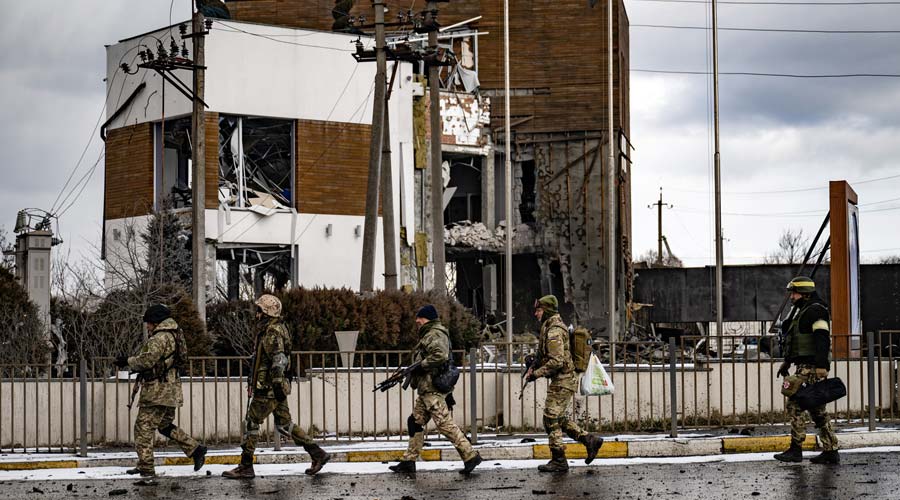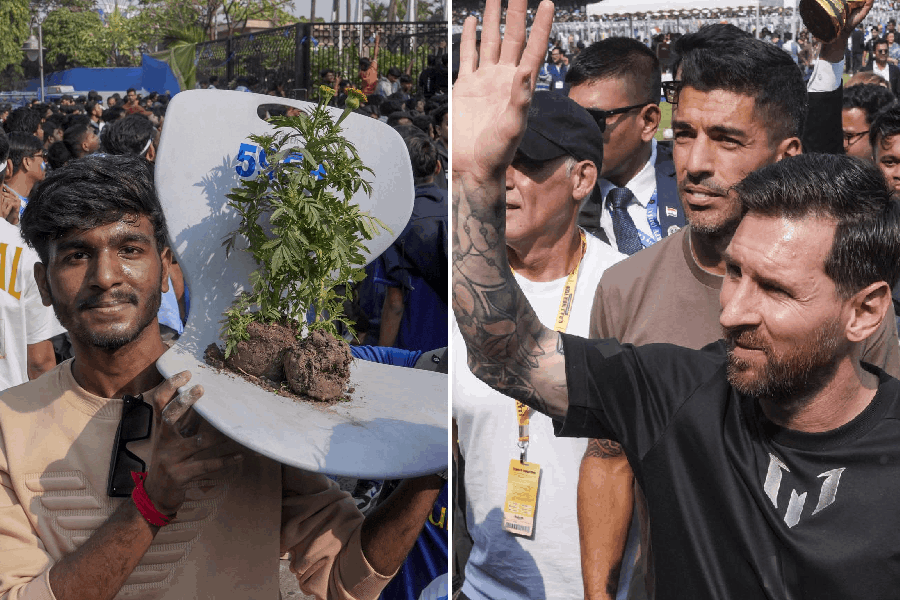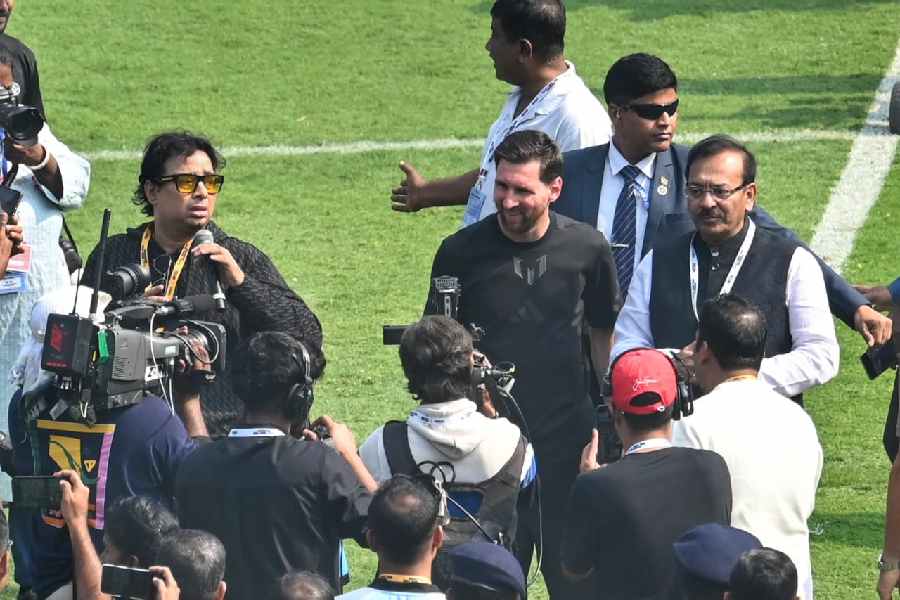Russia’s invasion of Ukraine, the costliest conflict in Europe since World War II, has propelled the North Atlantic Treaty Organisation into a full-throttled effort to make itself again into the capable, war-fighting alliance it had been during the Cold War.
The shift is transformative for an alliance characterised for decades by hibernation and self-doubt. The recent embrace of long-neutral Finland by the alliance also amounts to another significant unintended consequence for President, Vladimir V. Putin, of his war.
Nato is rapidly moving from what the military calls deterrence by retaliation to deterrence by denial. In the past, the theory was that if the Russians invaded, member states would try to hold on until allied forces, mainly American and based at home, could come to their aid and retaliate against the Russians to try to push them back.
But after the Russian atrocities in areas it occupied in Ukraine, from Bucha and Irpin to Mariupol and Kherson, frontier states like Poland and the Baltic countries no longer want to risk any period of Russian occupation. They note that in the first days of the Ukrainian invasion, Russian troops took land larger than some Baltic nations.
To prevent that, to deter by denial, means a revolution in practical terms: more troops based permanently along the Russian border, more integration of American and allied war plans, more military spending and more detailed requirements for allies to have specific kinds of forces and equipment to fight, if necessary, in pre-assigned places.
Putin has long complained about Nato encirclement and encroachment. But his invasion of Ukraine provoked the alliance to shed inhibitions about increased numbers of western troops all along Nato’s border with Russia.
The intention is to make Nato’s forces not only more robust and more capable but also more visible to Russia, a key element of deterrence. “The debate is no longer about how much is too much,” for fear of upsetting Moscow, “but how much is enough,” said Camille Grand, until recently Nato’s assistant secretary general for defence investment, and now with the European Council on Foreign Relations.
The countries of Central and Eastern Europe insist that it is “no longer enough to say we’re ready to deter by promising to reconquer, but that we need to defend every inch of Nato territory from day one”, said Grand. “It’s not okay to be under Russian control for a few months until the cavalry arrives.”
Nato now has deployed a battalion of multinational troops to eight countries along the eastern border with Russia. It is detailing how to enlarge those forces to brigade strength in those frontline states to enhance deterrence and be able to push back invading forces from the start. And it is also tasking thousands more forces, in case of war, to move quickly in support, with newly detailed plans for mobility and logistics and stiffer requirements for readiness.
“Nato is an organisation that took a holiday from history,” said Ivo H. Daalder, a former American ambassador to Nato. Putin, he said, “reminded us that we have to think about defence and think about it collectively”.
The alliance will put more troops under the direct control of Nato’s top military officer, the supreme allied commander in Europe, General Christopher G. Cavoli.
New York Times News Service










